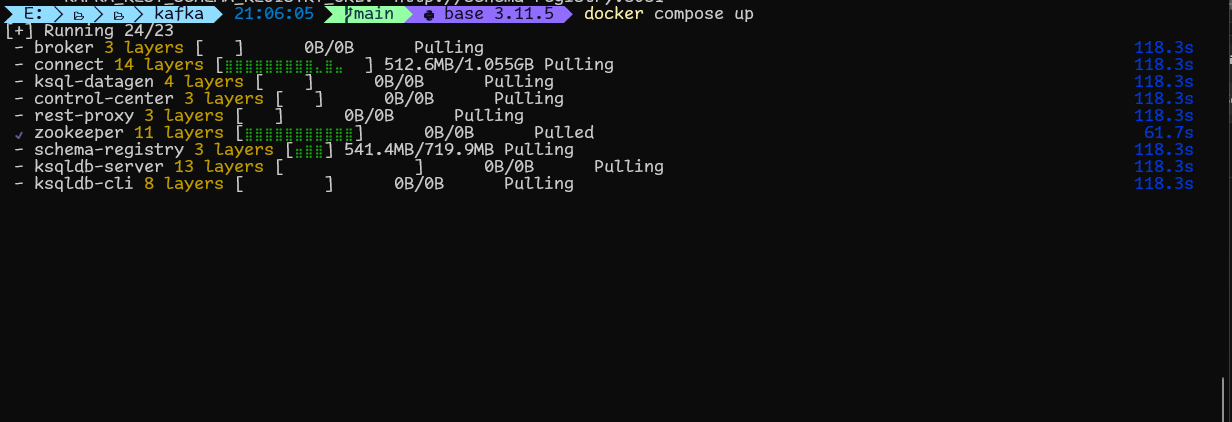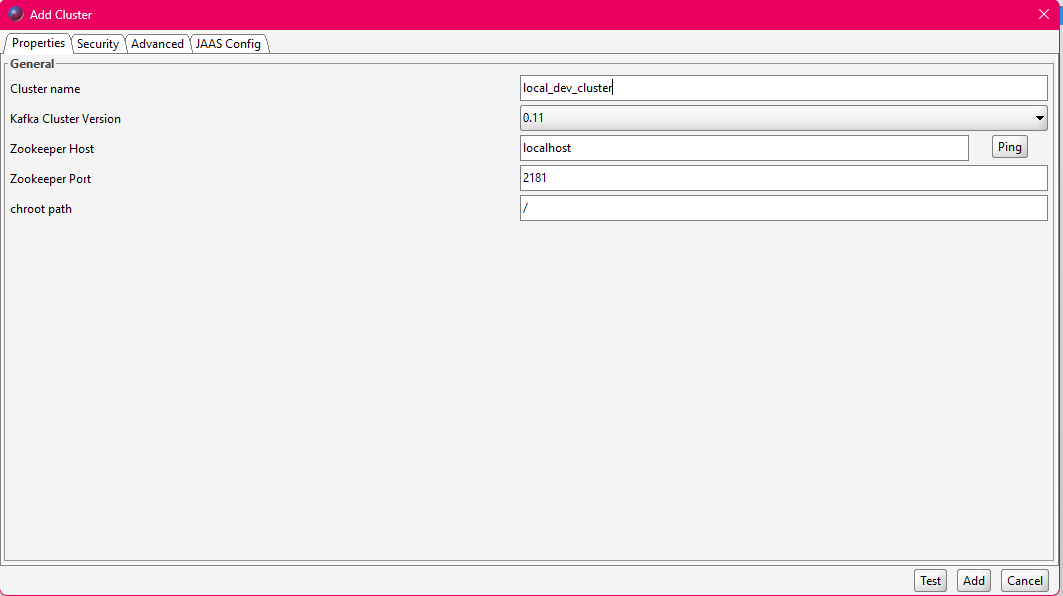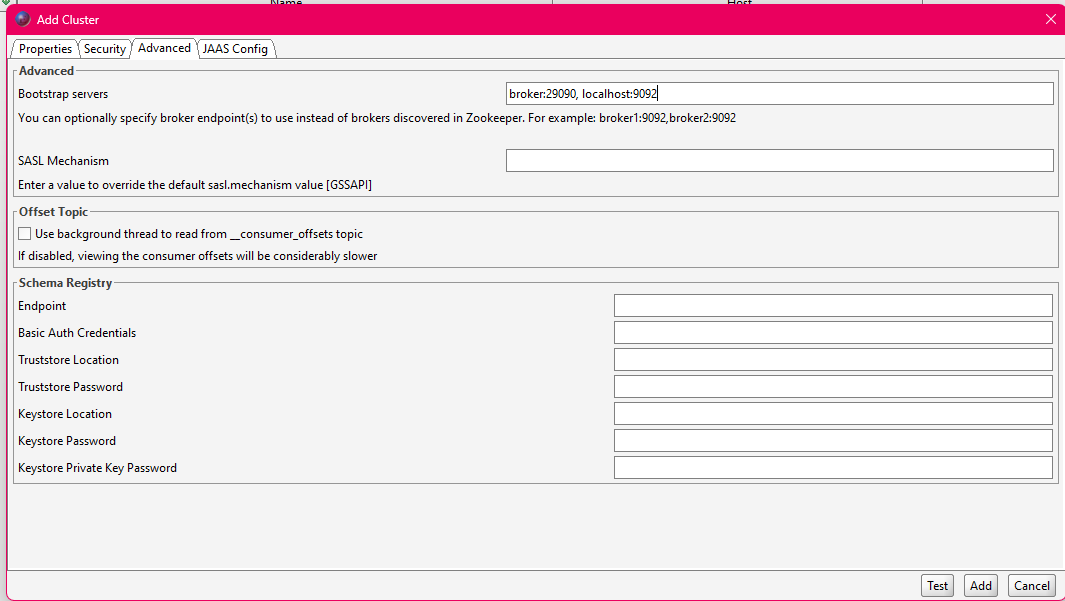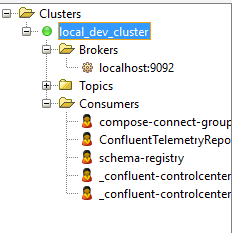instead of running multiple server (mySql, SQLServer, Postgres, . . .) and have to either stop/start their service, you can just set them up using docker and use them when u want, or have multiple instances of the same provider running on different ports easily.
or when setting up a new windows machine, instead of installing all one by one, you have them on demand, for linux there’s ansible. . .
in some cases tho you’d need a certain
dllfor a library to work, like in rust’s diesel case. which u can download and point diesel to the folder u’ve downloaded it in.
Setup using docker compose
- i’ve been using this setup for a while now, here’s my repo which u can use as a refernce or a starting point. th readme needs cleaning up tho
i like keeping each in their own folder so it’s clean and tidy when it comes to their folder data.
basically what you do is have a docker-compose.yml for each instance and just start and stop with docker commands.
in docker you can set environment variable either in a text file or .env file, i never used the text file option so here how to do it in .env:
- have you
.envfile :
1
2
DATABASE_USER=example
DATABASE_PASSWORD=example1234
- in docker-compose you can load them in with
${}:
1
DATABASE_USER=${DATABASE_USER}
MySql example
1
2
3
4
5
6
7
8
9
10
11
12
13
14
15
16
17
18
version: "3.8"
services:
mySQL:
image: mysql <-- i recommend using a set version so ur data don't get messed with on a new version update
environment:
MYSQL_ROOT_PASSWORD: root <-- you can use ${.env}
restart: always <-- so it starts as soon as docker desktop starts
container_name: mySqlDockerMain <-- give it a name
ports:
- "3306:3306" <-- what ports
volumes:
- "./mySql-db-data:/var/lib/mysql"
________________ the data folder which will get created locally
|
volumes: |
db-data: <------
“without the annotations”
1
2
3
4
5
6
7
8
9
10
11
12
13
14
15
16
version: "3.8"
services:
mySQL:
image: mysql
environment:
MYSQL_ROOT_PASSWORD: root
restart: always
container_name: mySqlDockerMain
ports:
- "3306:3306"
volumes:
- "./mySql-db-data:/var/lib/mysql"
volumes:
db-data:
More “involved” examples
Kafka cluster and zookeeper
you can run the entire thing using
docker compose upcool!
- the docker raw file
- obviously you can play around with it more, but i’m still learning it (●’◡’●)
docker compose up(with or without -d)- test it thru offset explorer
Aerospike
in this case you’ve only got to give it the aero_config folder as like this
Airflow
same thing as AeroSpike but the folder is named dags and it would house ur handmade .py scripts
after it is done initializing, you can navigate tp localhost:8080 user and password : airflow
you should see a lot of dummy tags which you can play with, but remember : the tag names are not the names of the python scripts but the name you gave the dag inside of it:
1
2
3
4
5
6
7
8
9
10
11
12
13
14
15
16
17
def crap():
print("I am POWER!")
default_args = {
'owner': 'Test',
'depends_on_past': False
}
dag = DAG(
'crap', <=- this is the name of the dag!
default_args=default_args,
start_date=days_ago(0)
)
task1 = PythonOperator(
task_id="CRAP",
python_callable=crap,
dag=dag
)
closing
normally you’ll always find documentation for a provider u wanna use in docker, just either search dockerhub or uncle google, if you couldn’t find anything tho, you can always try to install and run it normally and see what environment vars or other things it may need.
or if you found a docker container all the better, you can spin it up and ssh inside it, or use docker desktop to do so!





